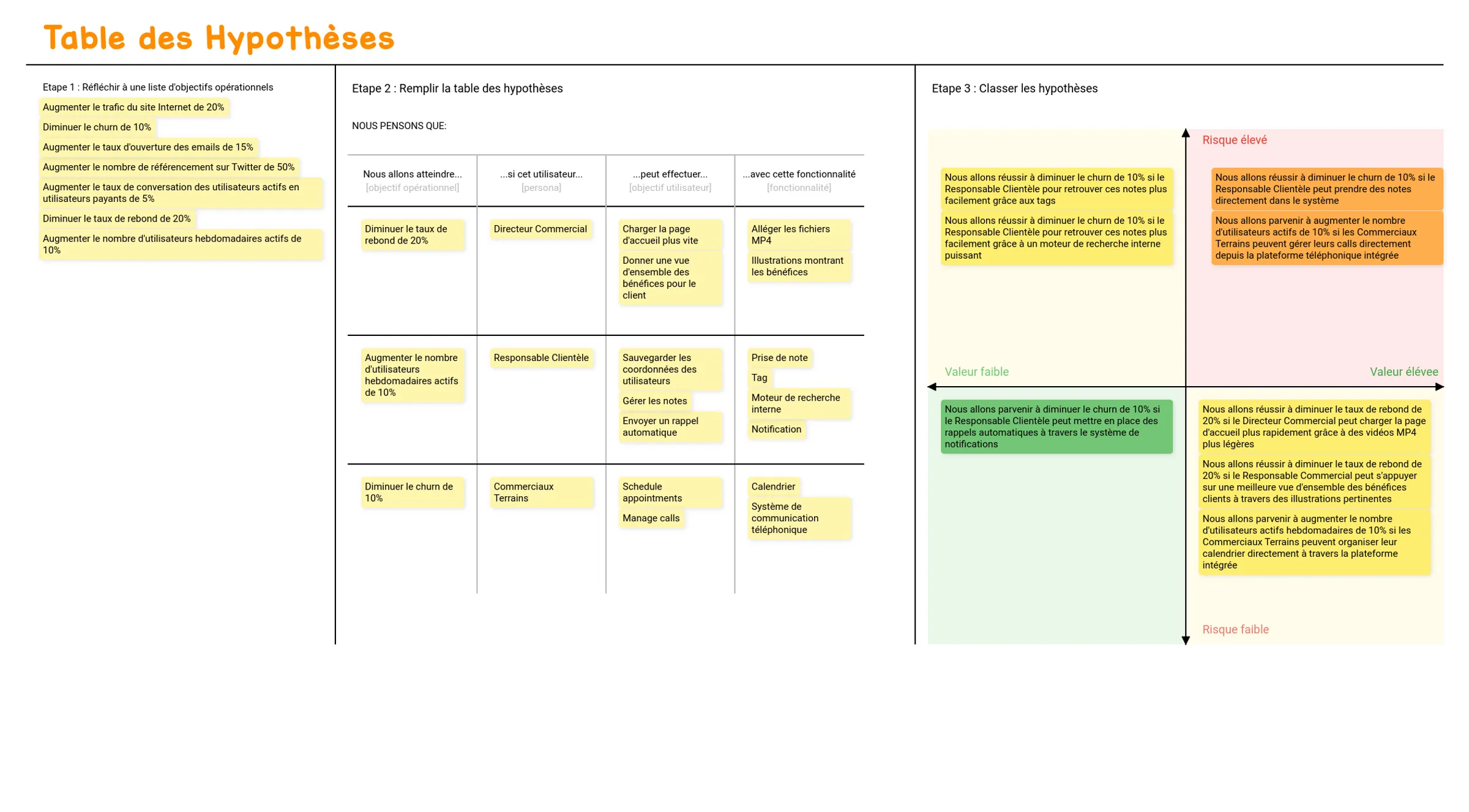Defining and Prioritizing Hypothesis Statements

How to define and prioritize the right features to implement
When you find yourself in charge of a product’s strategy—much less in an uncertain or ever-changing business environment—oftentimes, the biggest challenge is identifying the right or most valuable features to implement at any given time. Fortunately, the authors of Lean UX, Jeff Gothelf and Josh Seiden, have come up with a simple exercise that can help you define and prioritize product features according to desired business outcomes.
As a rule of thumb, the product features you implement should always enable users to achieve specific outcomes. And when that happens, it should normally drive meaningful results for your business, too. That’s precisely what makes this exercise so valuable. It’s an effective way to get development teams and key stakeholders aligned on the same set of goals and hypotheses, ideally, to inform which features to implement and in what order.
Before tackling this exercise, however, be sure to document your desired business outcomes via a Strategic Roadmap and also identify the primary Personas that you would like to target.
How to run this exercise
Build a four-column table (like the one below). You should be able to fill in the first three columns based on the work you’ve already completed in your Strategic Roadmap and Personas documents. Now, the only thing that’s left to do is to have the development team brainstorm all of the features that may help users achieve their desired outcomes. At the very least, every member on the team should suggest one feature to add to the list.

The hypothesis table
Once you’ve finished brainstorming, it’s time to align each feature to at least one—and sometimes several—user outcomes. To do this effectively, you may need to reorganize the first three columns a bit in order to better connect the dots between the proposed features and the underlying goals and hypotheses you’re hoping to achieve. This should leave you with a backlog of features to implement, all of which are aligned to key business outcomes.
How to prioritize the hypotheses
Not everything can be implemented all at once. So, to put the proposed features in some sort of priority order, the authors suggest using a Risk Prioritization Matrix to better assess:
- The value you believe the feature will generate; and
- The risks involved if the underlying assumptions are wrong.

Features with higher risk and higher perceived value should receive the highest priority—because if the underlying hypotheses related to those features are wrong (or even partly wrong), it could have dire consequences for your project.